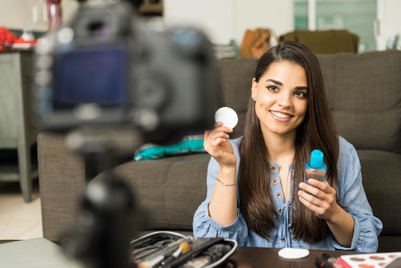
After that, any user that comes to their site from Google will see a paywall asking them to subscribe to read more.
Publishers can set the limit higher if they want, or not have any limit at all.
Previously, Google's First Click Free program deemed every first click from a user as free, which meant they could keep accessing subscription sites such as WSJ.com for free, as long as they found a particular article on Google and clicked through from there.
The updated version means users will only be allowed to do this five times in one day for a particular site, as long as the publisher opts in to the programme.
In addition to First Click Free, Google will also be crawling, indexing and treating as 'free' any preview pages — generally the headline and first few paragraphs of a story — on subscription-based sites that publishers make available to it.
Google will then label such stories as 'subscription' in Google News. The ranking of these articles will be subject to the same criteria as all sites in Google, whether paid or free.
The search giant said that paid content may not do as well as free options, "but that is not a decision we make based on whether or not it's free. It's simply based on the popularity of the content with users and other sites that link to it".
Josh Cohen, senior business product manager, wrote on the Official Google Blog: "As newspapers consider charging for access to their online content, some publishers have asked: Should we put up pay walls or keep our articles in Google News and Google Search? In fact, they can do both — the two aren't mutually exclusive.
"We think [the updated First Click Free program] still protects the typical user from cloaking, while allowing publishers to focus on potential subscribers who are accessing a lot of their content on a regular basis.
"We're going to keep talking with publishers to refine [the methods for discovering their content]."
Google's move was announced as Rupert Murdoch again urged news organisations to stop giving away content for free.
At a meeting hosted by US media regulator the Federal Trade Commission, the News Corp boss said that journalism is an expensive commodity and that his company was working out how to start charging users for online content.



.jpg&h=334&w=500&q=100&v=20250320&c=1)
.jpg&h=334&w=500&q=100&v=20250320&c=1)
.jpg&h=334&w=500&q=100&v=20250320&c=1)
.jpg&h=334&w=500&q=100&v=20250320&c=1)



.jpg&h=334&w=500&q=100&v=20250320&c=1)


.jpg&h=268&w=401&q=100&v=20250320&c=1)


.jpg&h=268&w=401&q=100&v=20250320&c=1)
.png&h=268&w=401&q=100&v=20250320&c=1)
.jpg&h=268&w=401&q=100&v=20250320&c=1)
